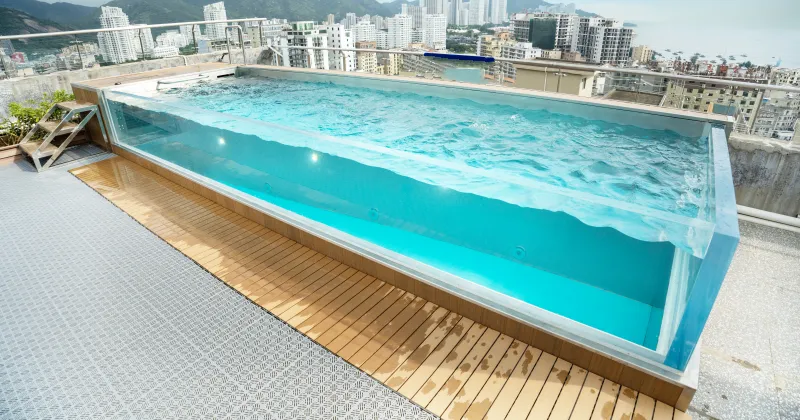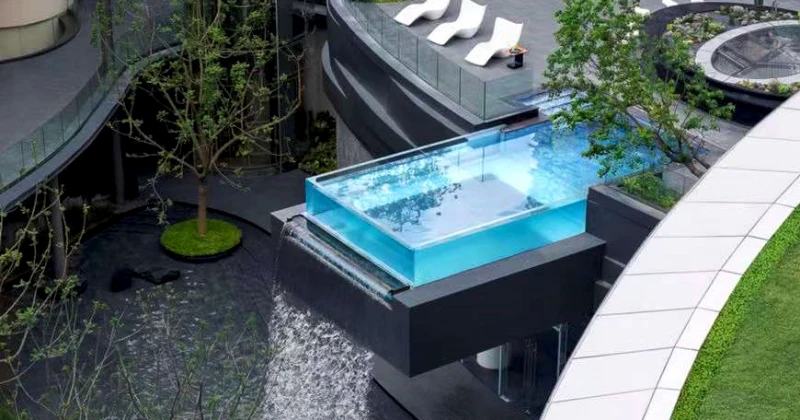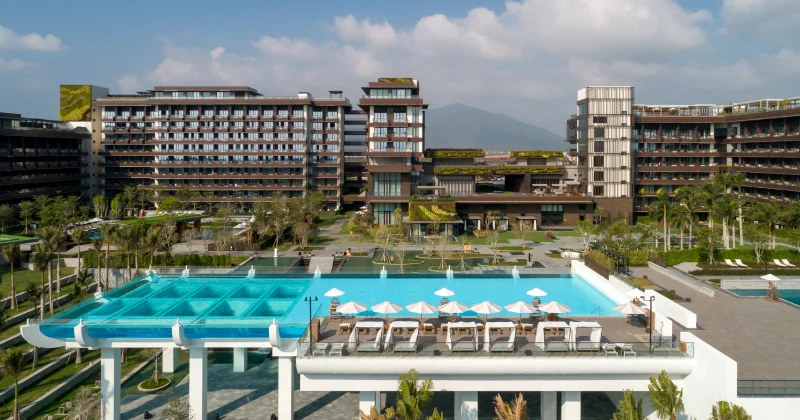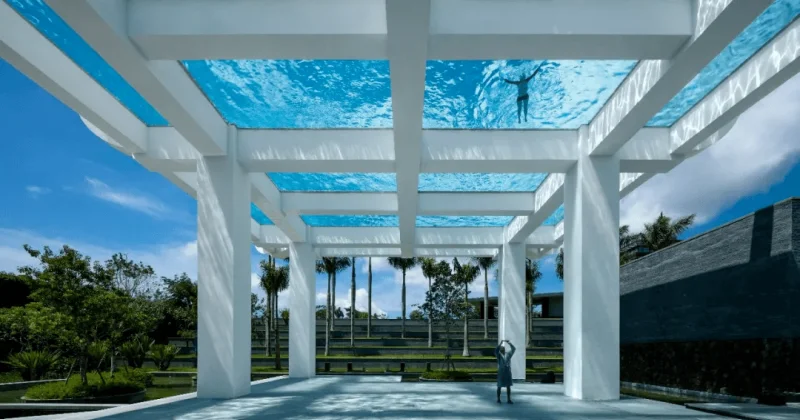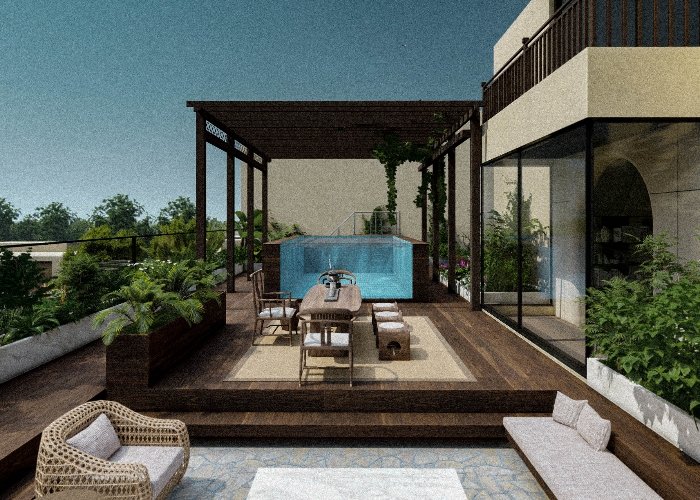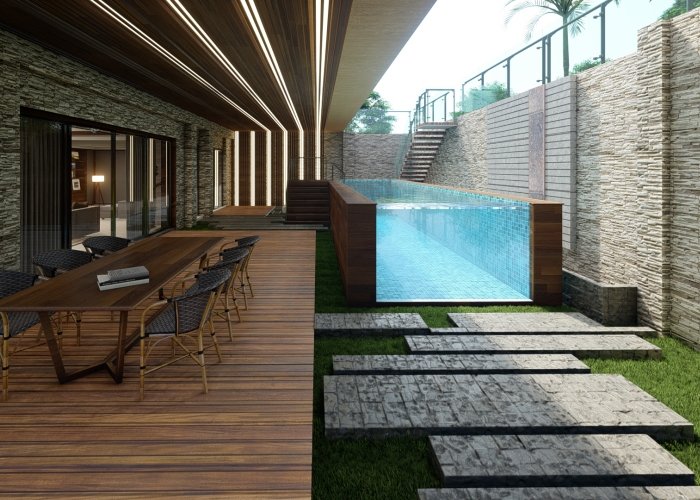
Is glass or acrylic better for a swimming pool?
When it comes to decking out your crib or skyscraper with a sweet transparent wall pool to crank up the property value or just flex on the neighbors, you've gotta weigh up your options for building that see-through wonder: glass or acrylic? Cause let's face it, these babies are the top contenders for constructing those drool-worthy aquatic showcases.
They both bring their A-game with perks and pitfalls, and there ain't no one-size-fits-all in this material world, no sir. It's all about sussing out what suits your vibe and digs best, and to do that, you gotta be in the know about what each brings to the pool party. So, we're here to lay down the deets on the pros and cons of both, and then it's up to you to dial in your vibe and make the call. We ain't gonna hold your hand and say, "Yo, buddy, go with this or that." It's your pad, your rules.
When comparing the two, we usually look at a few aspects: appearance, design, cost, maintenance, and safety.

Appearance:
Transparent wall swimming pools go by various names: glass wall pools, acrylic pools, see-through pools, plexiglass pools, and more. When people first encounter a transparent wall swimming pool, they often use their understanding to refer to it. However, since everyone's perception is different, the terminology varies. In reality, these terms represent the materials used for these two types of pools: glass walls and acrylic walls. This indicates that there's minimal difference in appearance between these two materials. Indeed, acrylic and glass materials both have a transparency of around 93%, so there's no need to fuss over transparency - both materials offer nearly identical levels of translucency.
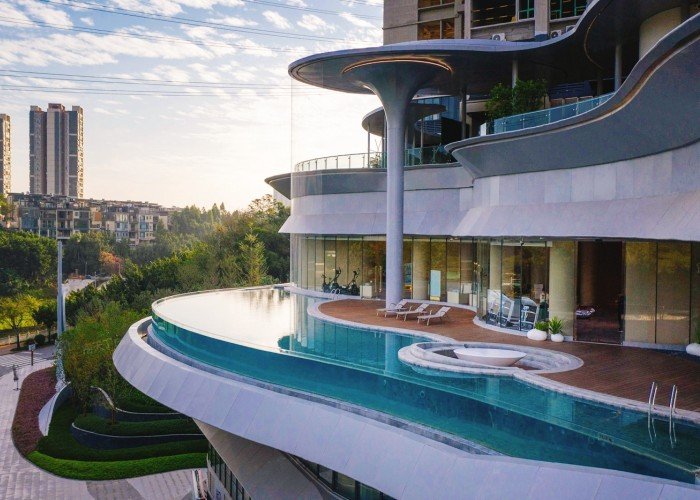
Design:
There are countless swimming pools around the world, each with various shapes and types. Often, designers aim to create a pool that's unique and eye-catching to attract more attention or gain wider publicity. Therefore, transparent walls are not always in the conventional rectangular shape. Nowadays, there's an increasing trend of curved, circular, and irregularly shaped transparent walls in pools.
In this regard, acrylic, as a flexible plastic material, can be mechanically processed, thermoformed, and seamlessly joined by injecting liquid resin. It can meet the demands for various shapes and larger sizes of transparent wall pools. On the other hand, once glass walls are installed, they are difficult to modify, and it's challenging to meet the requirements for various shapes of transparent walls. Glass walls are best suited for small-scale, conventional rectangular transparent surfaces.

Cost:
When constructing a glass wall swimming pool or an acrylic swimming pool, costs typically stem from several aspects: materials, transportation, and installation.
Material costs:
Acrylic is a polymer material, whereas glass is derived from sand. Sand is cheaper as a raw material. For transparent walls of the same size, acrylic panels are much more expensive than glass panels, and by a significant margin. This is where glass walls hold the greatest advantage.
Transportation costs:
When it comes to transporting acrylic panels or glass walls, costs usually boil down to the material's weight:
Acrylic boasts a lower density compared to glass: its density ranges around 1.15-1.19 g/cm3, which is about half that of glass (2.40-2.80 g/cm3) and just 43% of aluminum (a lightweight metal). For materials of similar volume, acrylic is significantly lighter than glass, resulting in much cheaper transportation costs. Moreover, it's also much safer. Minor bumps during transit are common, but acrylic, being a flexible plastic material, can endure slight impacts. However, in daily life, we often find that even minor collisions can lead to glass breakage, especially with tempered glass. Minor damage frequently results in the complete shattering of the entire glass piece, so this is a crucial consideration during transportation. Achieving flawless transport often requires pricier protective measures, which also add to the overall cost.

Installation costs:
In terms of installation, the construction processes for acrylic panels and glass walls are similar. However, during installation, due to the fragile nature of glass walls, additional protective measures are required. Moreover, because of the non-modifiable nature of glass walls post-production, precise measurements must be confirmed before installation. Any size or structural issues during installation would necessitate remanufacturing, resulting in significant delays. Acrylic panels, on the other hand, can be easily cut and assembled, saving considerable time and money. Since swimming pools require waterproofing, both acrylic and glass wall pool installations require highly professional installation teams. Therefore, finding a relevant professional team is an inevitable step. In our experience, professional acrylic installation teams may incur higher costs compared to glass wall installation teams, possibly due to higher technical requirements and fewer practitioners in the field.

Maintenance:
After construction is completed, to ensure better use of the swimming pool, preventive measures are usually taken to maintain our pool, and any existing issues need to be addressed promptly.
Flexible acrylic panels are more prone to scratches compared to the hard surface of glass walls. Therefore, during use, it is advisable to avoid contact with hard or sharp objects on the acrylic panels. However, this does not mean that glass walls are scratch-resistant. Scratches are inevitable during use. Minor scratches can be ignored, but significant or numerous scratches can greatly affect aesthetics. When it comes to addressing scratches, glass walls are almost helpless due to their non-modifiable nature post-production. In contrast, acrylic panels only require polishing and buffing to restore them to their original condition, allowing your transparent panels to maintain their optimal state in the long term. Although this incurs some cost, it is negligible compared to replacing an entire glass wall.
It is worth noting that whether it's a glass wall pool or an acrylic pool, we should follow the advice of professionals who are more knowledgeable about how to use and maintain these transparent materials. This can help you better maintain and use your transparent panel pool in the long run.
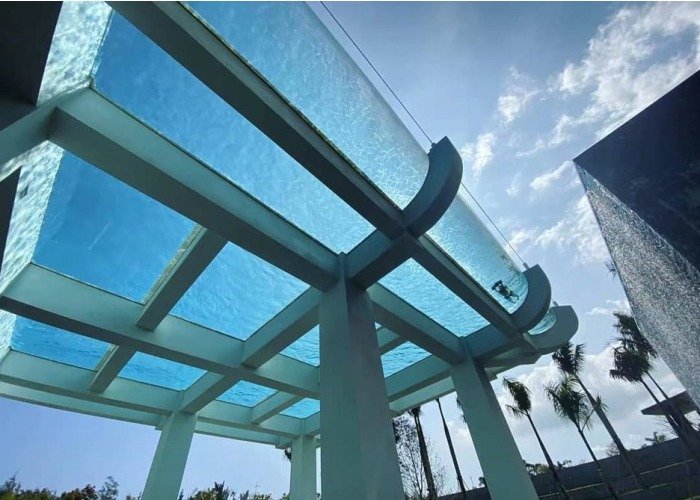
Safety:
Safety always comes first, and I think that's beyond doubt.
Although many materials can achieve the transparency of acrylic and glass in appearance, no one would choose them if safety isn't ensured. Safety is the most important factor in the selection process.
The material typically used for glass walls is tempered laminated glass, which is a type of glass with higher strength than ordinary glass, formed by overlaying multiple layers of glass. This glass does not produce sharp cutting shards when it breaks; instead, it forms a net-like crack. Even if one layer of glass is damaged, the other layers can still help bear the pressure. It can be installed with panels as long as 6 meters. For longer glass walls, some connecting columns need to be created to help extend the wall, which may have some impact on overall aesthetics.
Acrylic swimming pools use acrylic panels made from polymethyl methacrylate (PMMA), a lightweight, durable plastic with properties of corrosion resistance and UV radiation resistance. Compared to glass, acrylic has higher impact resistance and is less susceptible to damage from accidental collisions. Its flexibility allows it to better withstand the dynamic load of water.
In a swimming pool, the pool walls need to withstand the pressure of the water. When swimming in the pool, the pressure brought by the flow of water is dynamic. When the pressure changes, more resilient materials are needed to mitigate these pressures. Although glass is harder than acrylic, it is not as flexible. Therefore, acrylic panels are the ideal choice.

Spontaneous glass breakage
Spontaneous glass breakage is a phenomenon by which toughened glass (or tempered) may spontaneously break without any apparent reason.
the controllable characteristics of tempered glass tempered glass explode reason for unclear explosion problem, the responsibility is difficult to understand. Self-time no uncertainty may be just released, and may also be manufactured from 1 to February, there are 1 to 2 years before the factory explosion, causing more tempered glass blow time may be the production after the completion of the 4 ~ 5 years.
It is not fully understood, that the probability of most manufacturer's products is around 3 of the explosive rates; the probability of individual manufacturers of products may be even higher.
The fundamental reason is that glass blown glass contains nickel sulfide and heterogeneous particle impurities, impurity is how they mix. It is not yet clear how glass is mixed into nickel. The most probable source is all kinds of nickel alloy parts used on equipment and various heat-resistant alloys used in furnaces. For the oil-burning furnace, it was reported that the condensate rich in nickel was found in a small furnace. Sulfur is unquestionably derived from the sulfur content in the mixture and the fuel. When the temperature is over 1000 C, nickel sulfide exists in molten glass in the form of droplets, and the curing temperature of these small droplets is 797. 1 gram of nickel sulfide can produce about 1000 small stones with a diameter of 0.15mm. Nickel sulfide can occur at any time after the production is completed, so it cannot be eliminated. There has been no effective way to prevent it from being called the "cancer of glass curtain wall".
Acrylic, on the other hand, is highly stable and finds its presence in various scenarios requiring toughness and strength. For instance, riot control vehicles often replace ordinary glass with acrylic to protect occupants from thrown objects. Acrylic is also used for the ceiling of the Houston Museum of Natural Science.
For a more detailed comparison, please click the link: Pool Acrylic Panels VS Pool Glass Walls
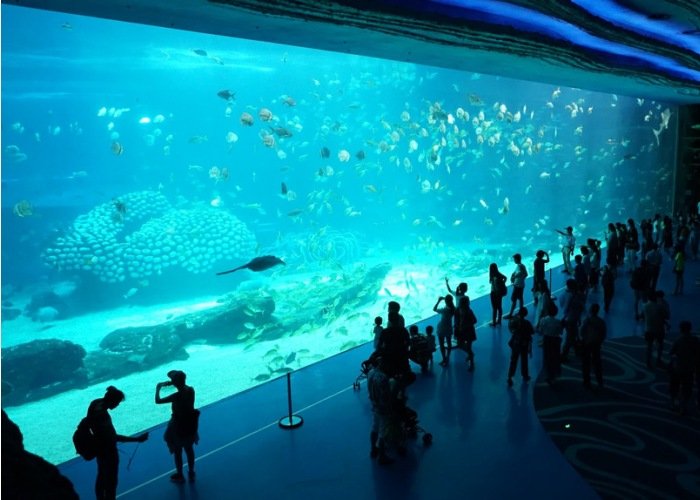
The choice between acrylic and glass walls ultimately depends on the homeowner's preferences and budget. Although both can provide a luxurious and modern appearance, they each have their advantages in terms of cost and usability.
When someone asks AUPOOL how to make the choice, we usually recommend clients opt for acrylic swimming pools. Not only because of the superior durability, impact resistance, thermal insulation, and customization options of acrylic pools, but most importantly, safety. Safety is the biggest advantage, which is why almost all public venues such as aquariums and hotels choose acrylic panels for their transparent walls. They know that safety is paramount. Therefore, when choosing the right swimming pool for your home, consider acrylic as the preferred option. Additionally, it's essential to work with qualified and experienced pool contractors to ensure high-quality installation for years of use.








